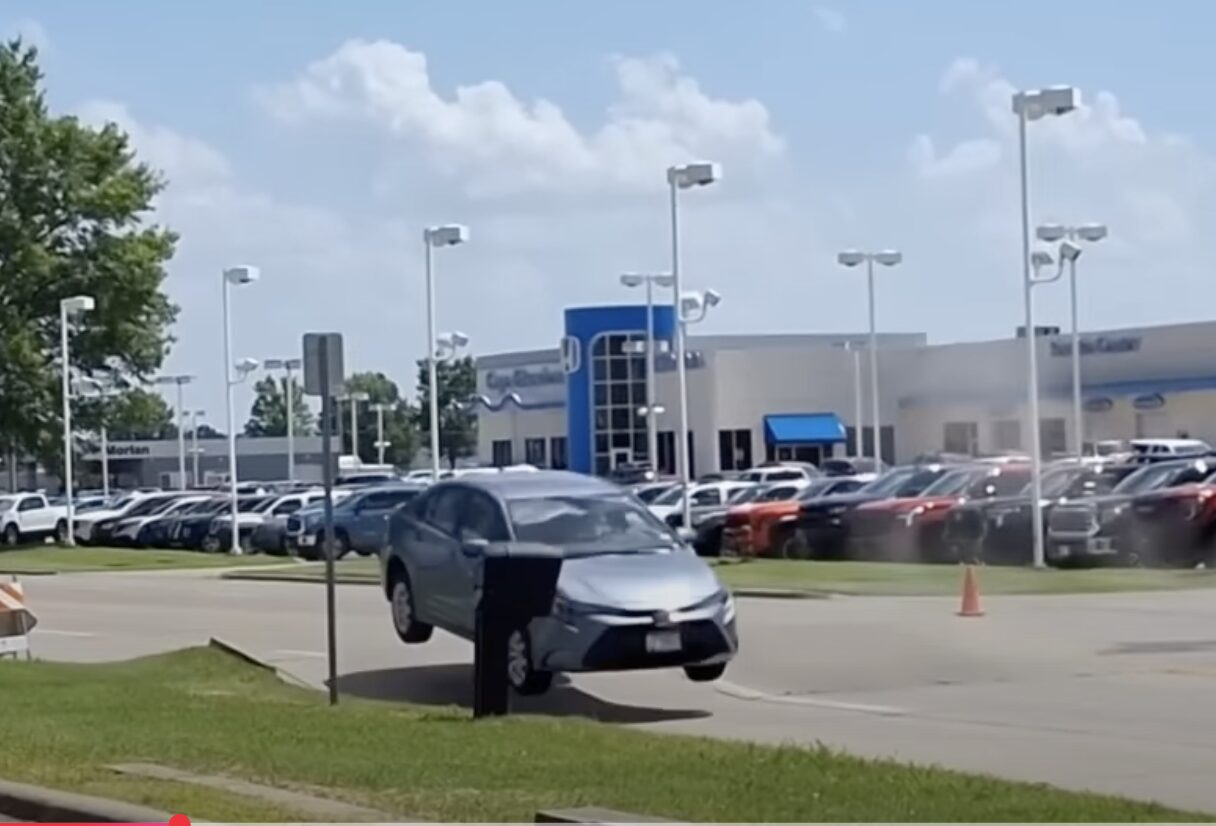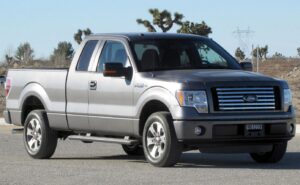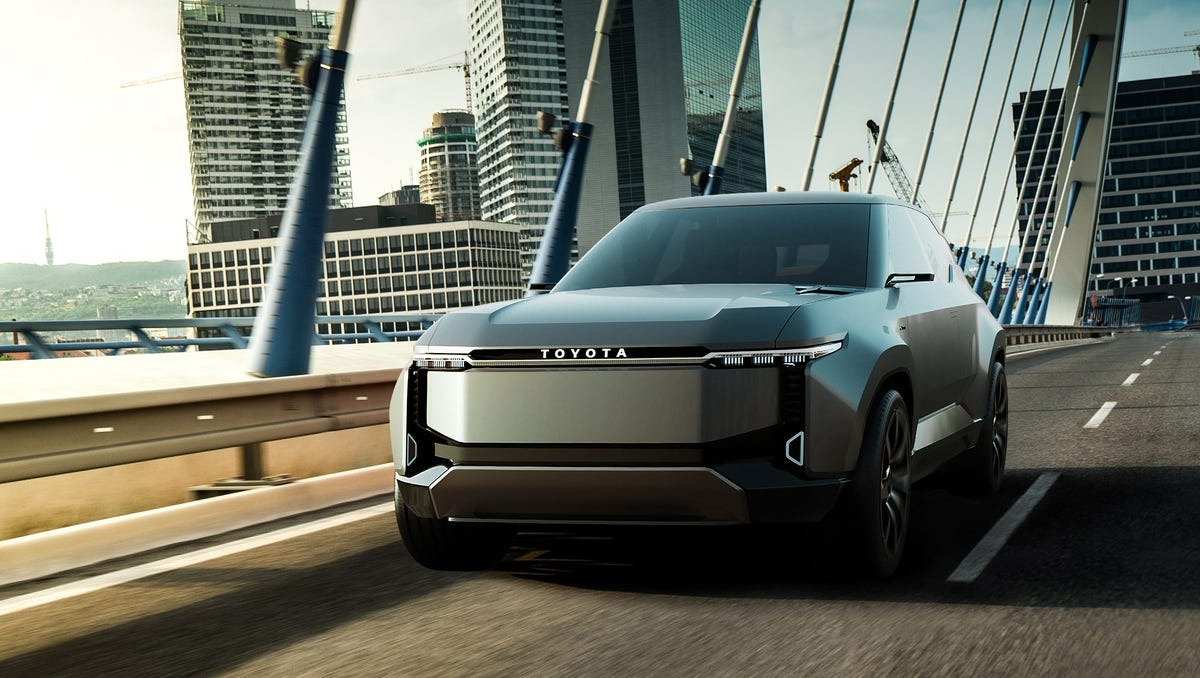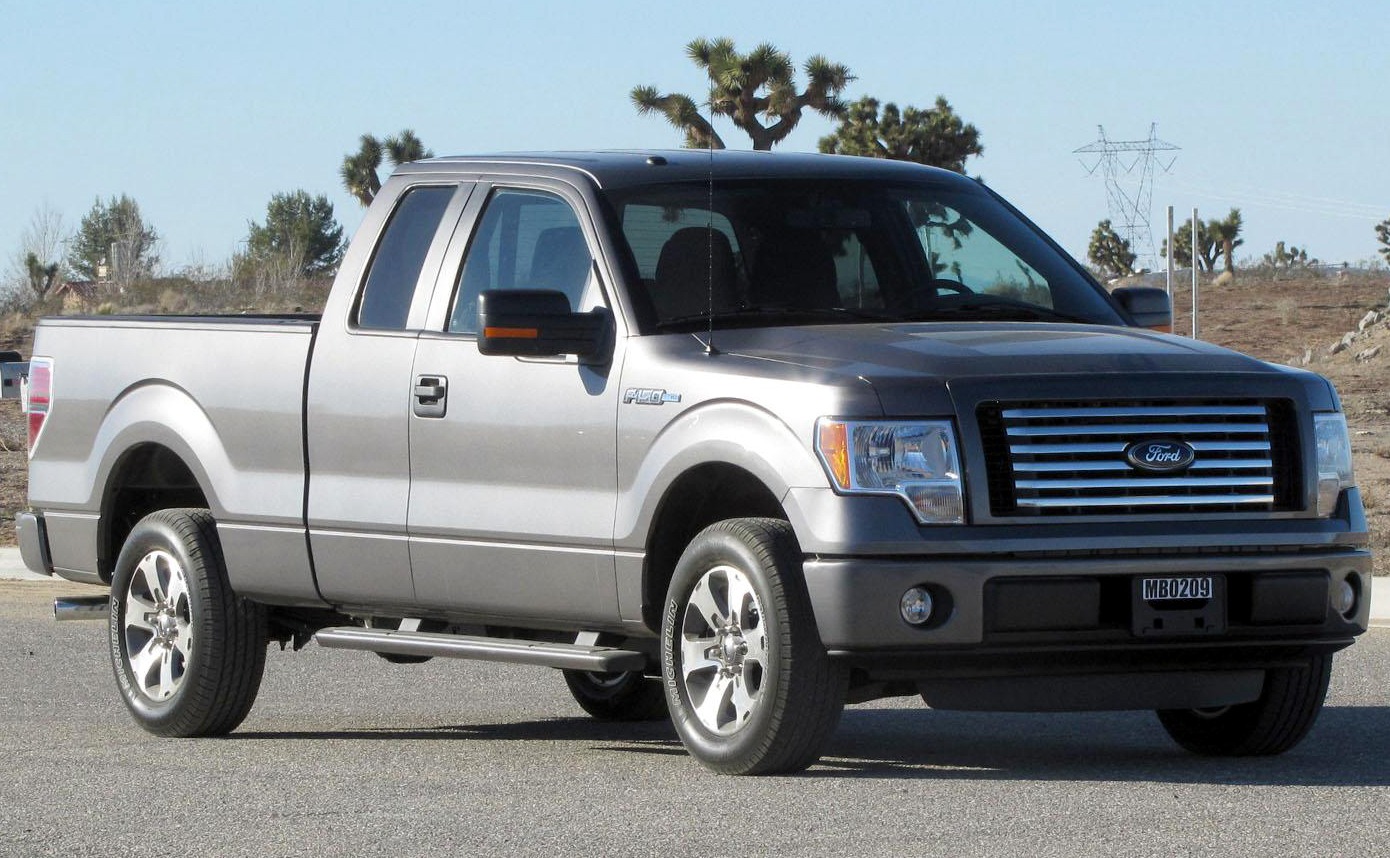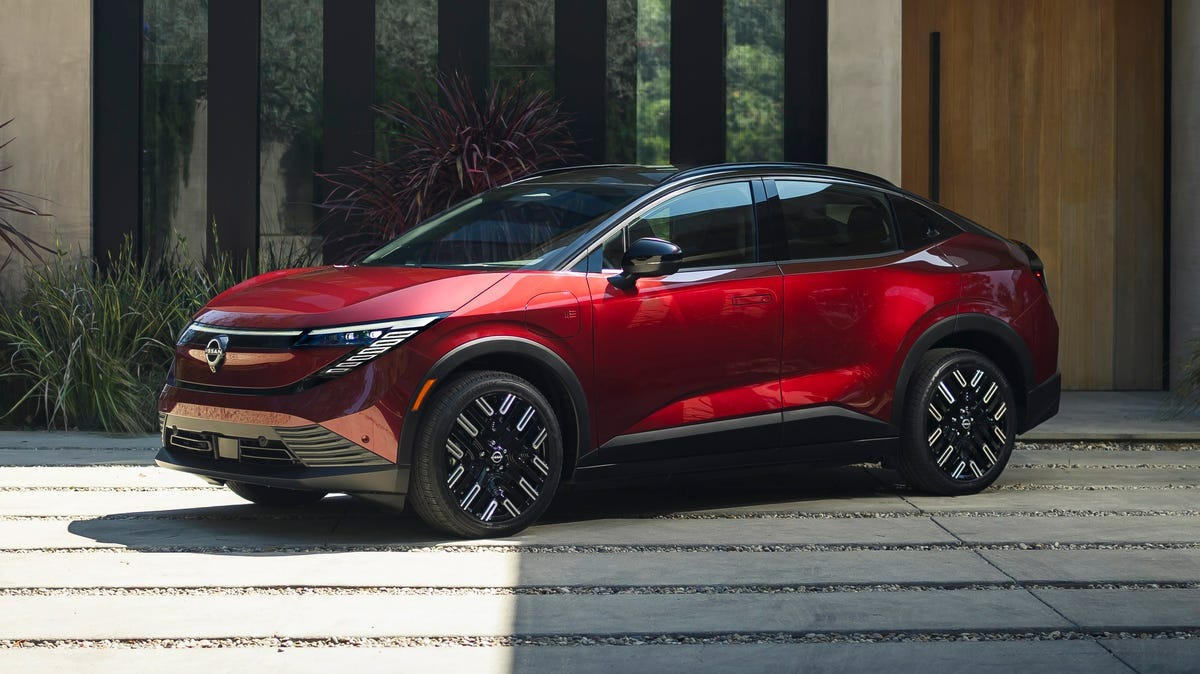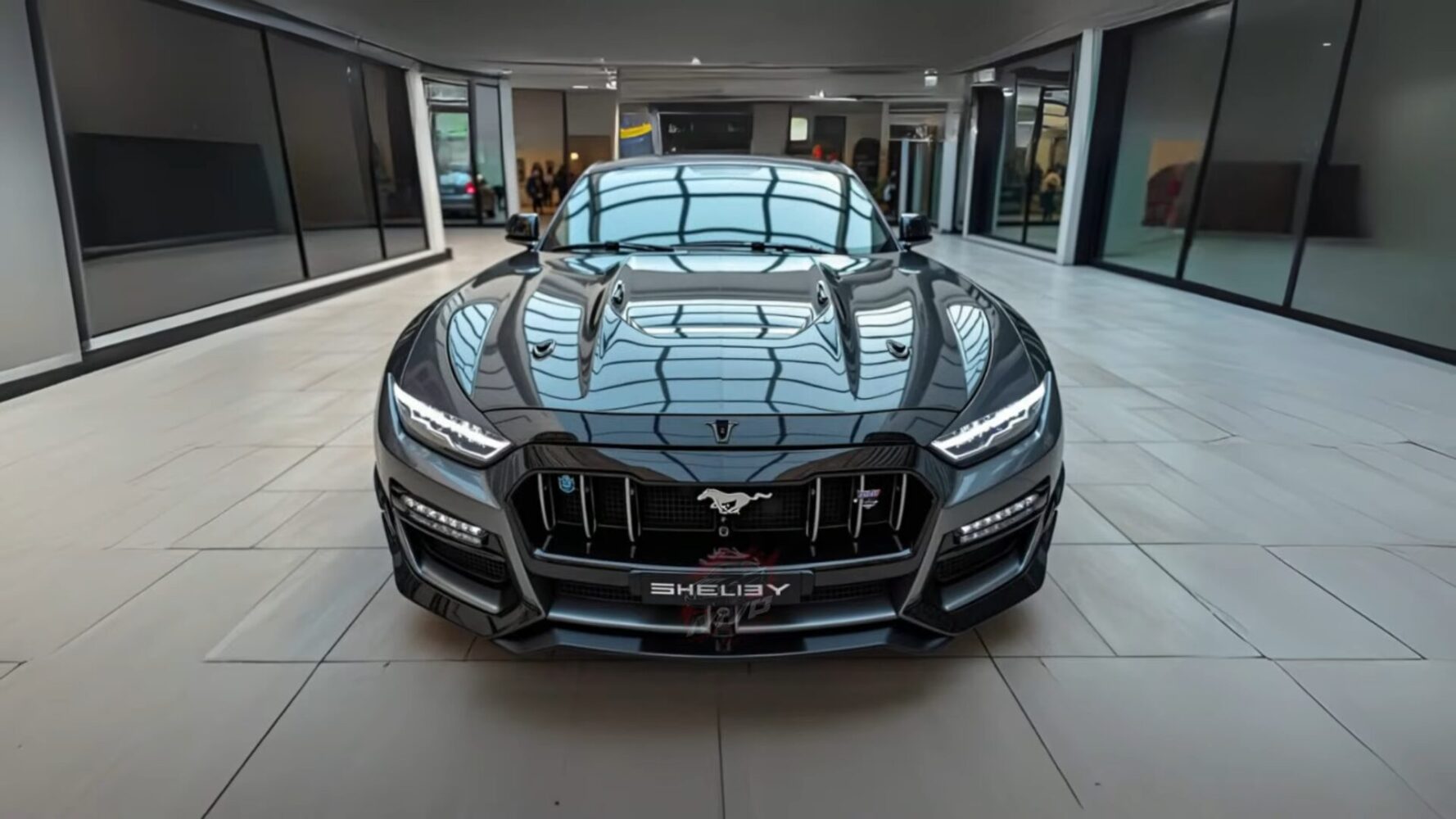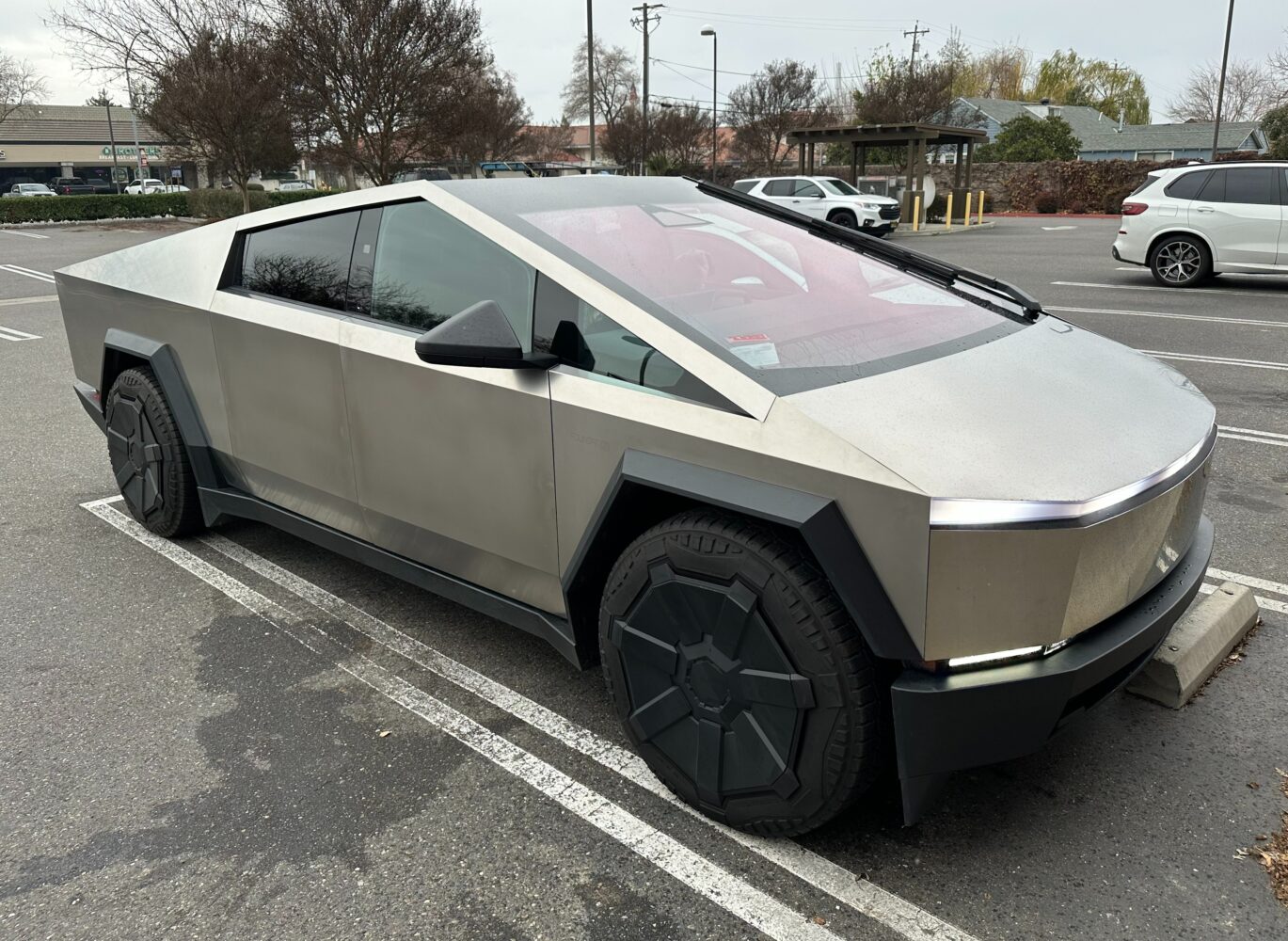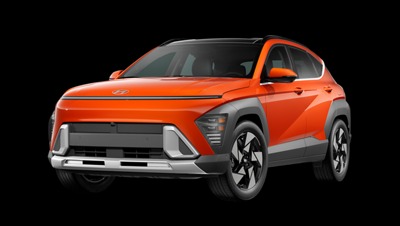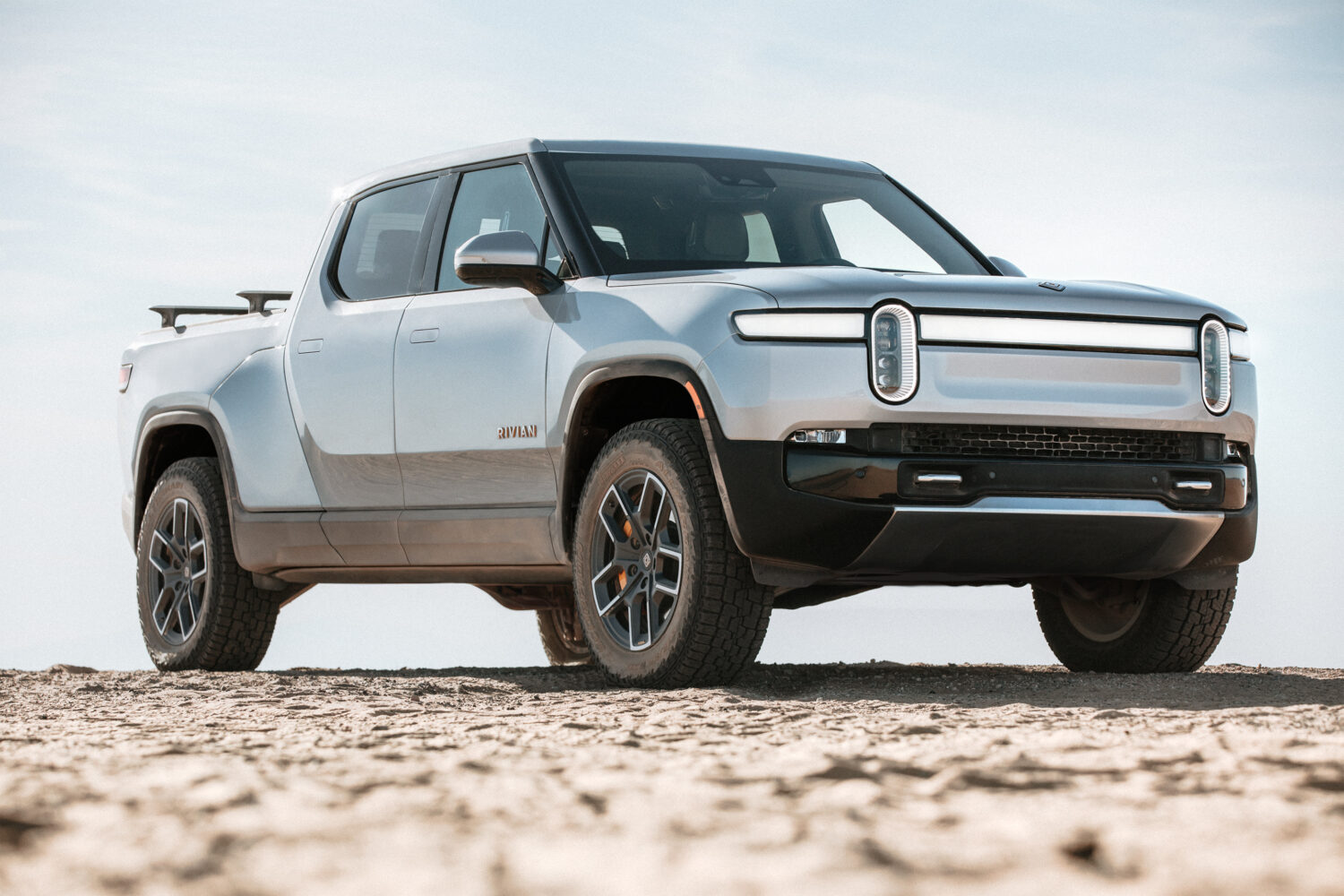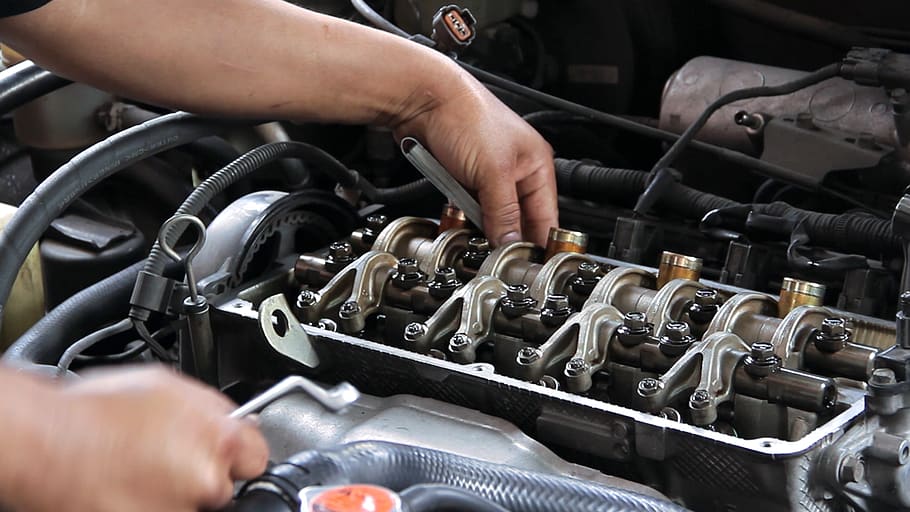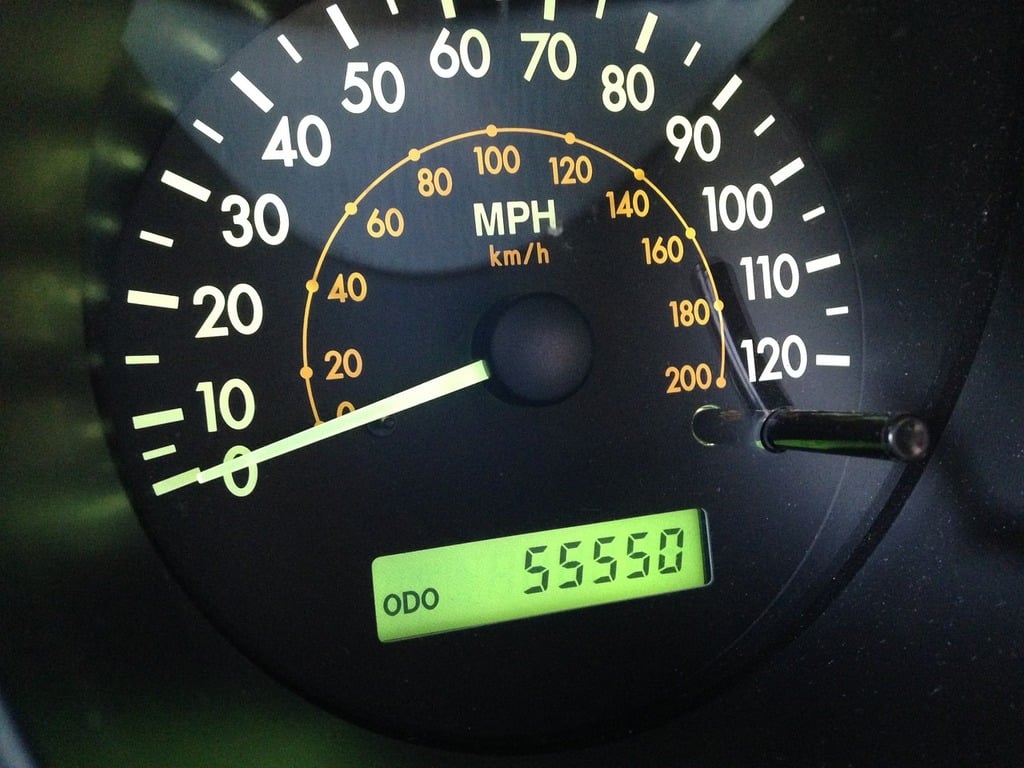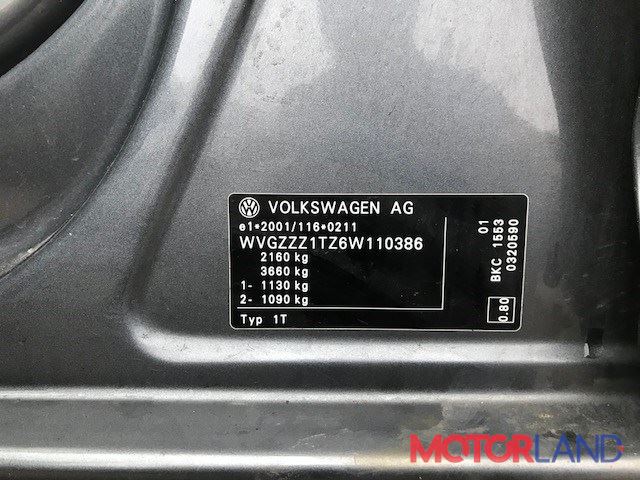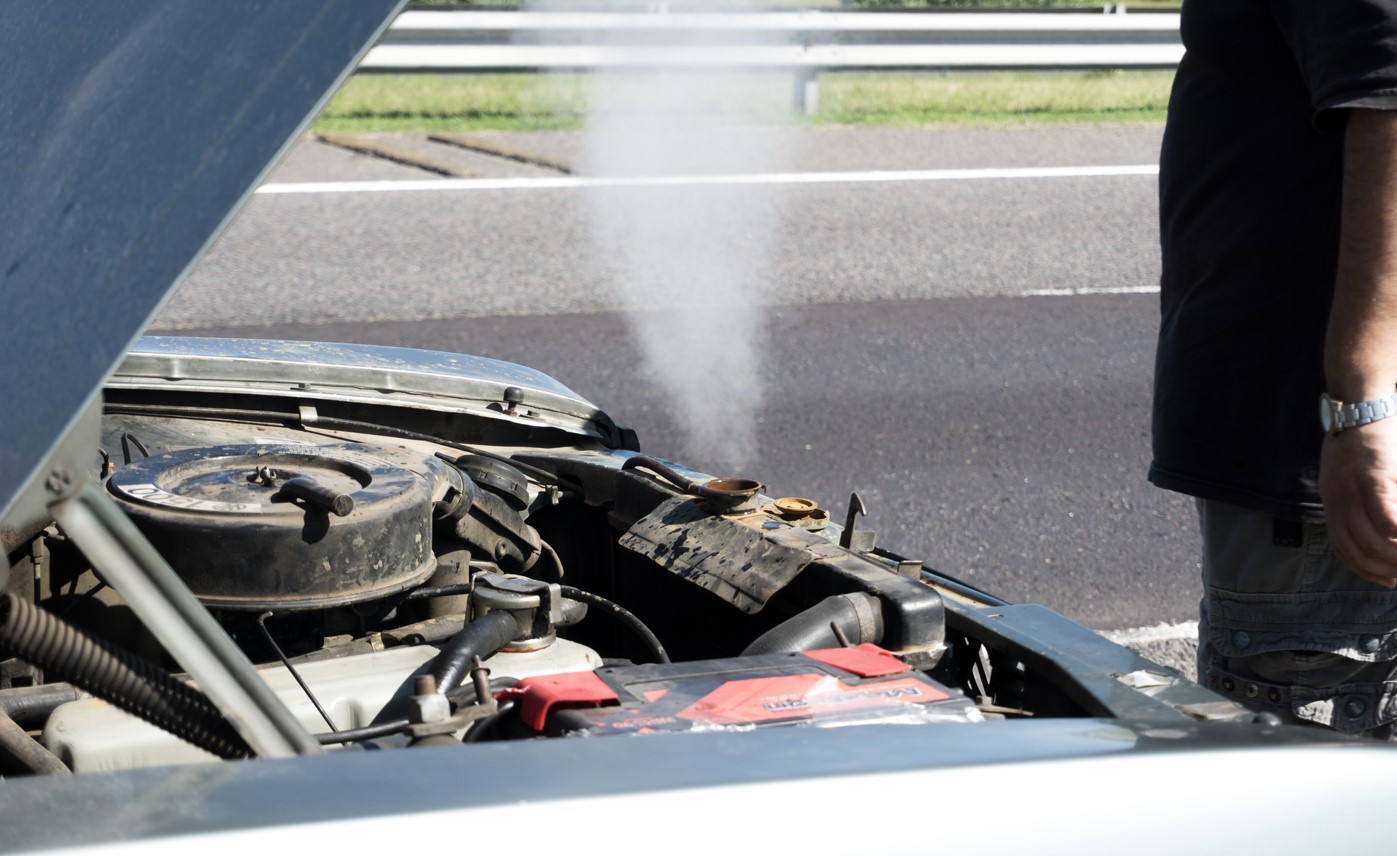Road buckling sent a Toyota Corolla 18 inches airborne in Cape Girardeau during a record heat wave—a vivid example of how extreme heat infrastructure impacts are reshaping American roads. Concrete expansion joints failed when temperatures hit 91°F but felt like 106°F with humidity, causing the pavement to buckle upward and launch the passing car into the air.
Albert Blackwell captured the dramatic moment on Siemers Drive, filming as the pavement suddenly erupted 18 inches skyward. The approaching Toyota Corolla had no time to react, hitting the improvised ramp at speed and sticking what might be the most unintentional automotive stunt of 2025. City officials confirmed two roads buckled and warned of more potential failures this week.
Cape Girardeau baked under a heat advisory, with temperatures reaching 91°F but feeling like 106°F due to oppressive humidity. Roads like Siemers Drive are built in sections with expansion joints meant to handle thermal expansion, but when heat overwhelms these safety margins, the pavement can buckle dramatically. Physics doesn’t negotiate: when concrete slabs expand with nowhere to go, the result is sudden, dangerous road failures.
Forty-three states reported similar pavement failures during this heat wave. Remarkably, the $25,000 Toyota Corolla handled its unscheduled flight better than many $300,000 luxury SUVs handle speed bumps. According to Missouri Department of Transportation reports, this combination of heat, humidity, and compromised pavement can make roads “explode” upward by over a foot, as detailed in discussions about pavement buckling causes.
During its brief airborne moment, the Corolla’s suspension compressed like it was engineered for rally stages. No injuries were reported, though the driver’s plans certainly changed. City officials confirmed both Broadway and Siemers Drive buckled, with crews working on temporary fixes and warning residents about more possible failures.
Wisconsin documented 53 similar road buckling events, and Minnesota saw motorcycle crashes from pavement blowouts. Infrastructure built over the last decades is failing in real-time, yet automakers continue investing in features like massage seats rather than the roads their vehicles travel. As seen in recent heat wave news coverage, routine commutes now require the hazard awareness of a desert rally stage.
Engineering-wise, the Toyota Corolla proved why simple, robust design matters most when conditions go wrong. Built for reliability, it kept rolling after unscheduled airtime—more than can be said for the pavement that couldn’t survive one Missouri summer.
Heat domes are becoming more frequent and intense, turning everyday drives into infrastructure roulette. Those orange cones and “rough road” signs aren’t suggestions—they’re warnings that your 3,000-pound sedan wasn’t designed to be a stunt car, no matter how well it was engineered. With climate change and heat waves on the rise, experts warn that extreme weather will keep challenging our infrastructure.


